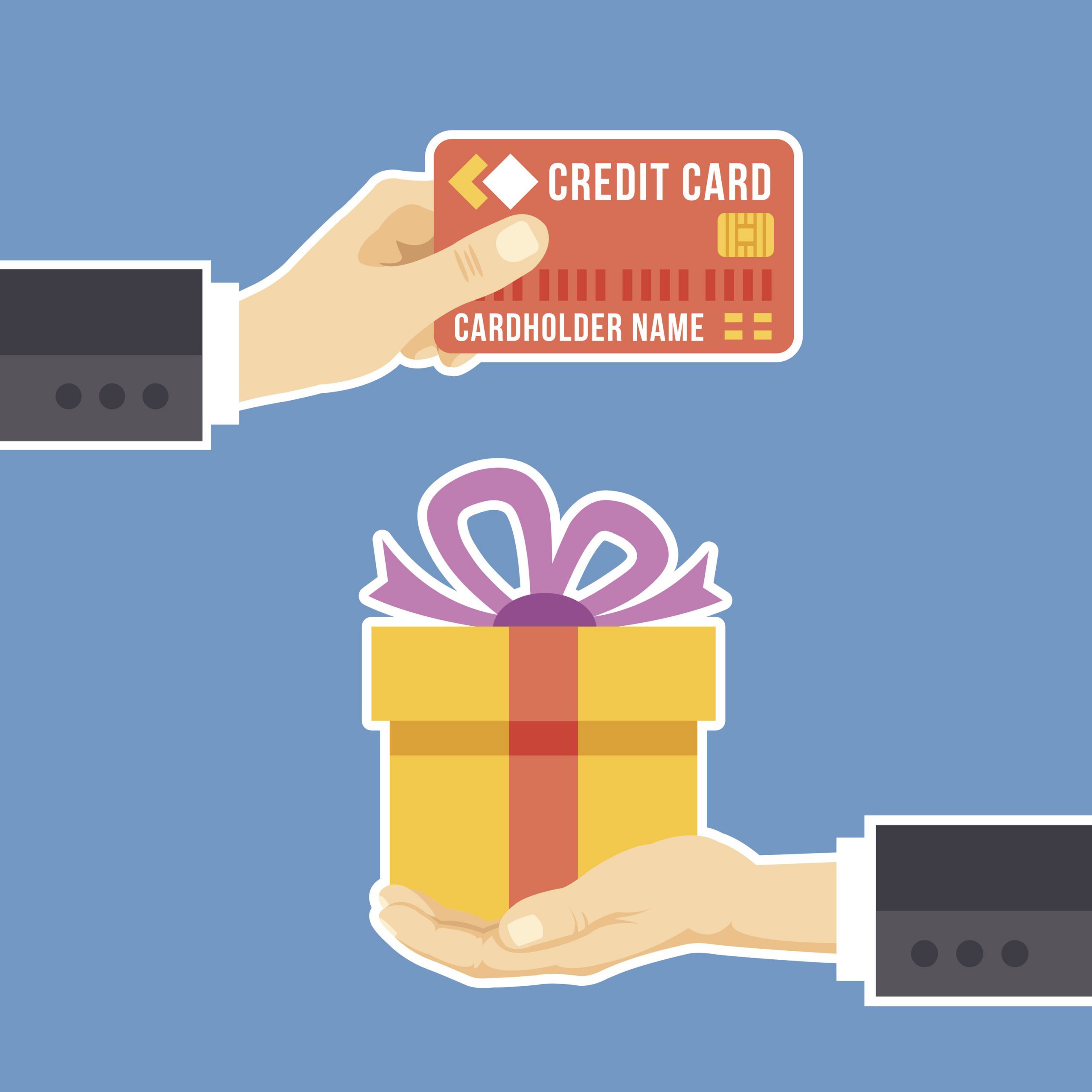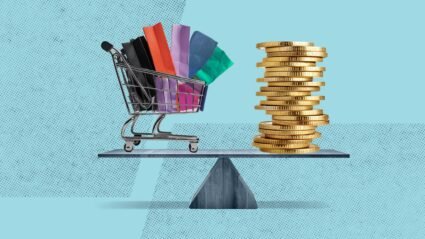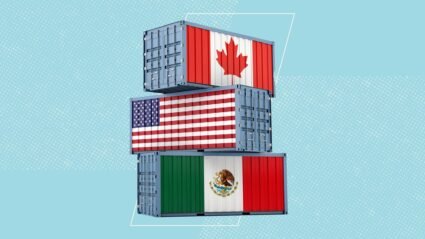With only 24 hours in a day, 365 days in a year, and only so many dollars in a marketing budget, businesses have a right to be picky about what they invest time and money into for their brand. When it comes to any investment, the question on everyone’s minds is: what’s the expected return on that investment?
Loyalty programs have proven for a variety of brands to generate strong returns. In fact, three out of four of U.S. companies with a loyalty program generate a return on investment. For example, beauty retailer ULTA’s loyalty program members who shop both online and in-store contributed to a 71% jump in the brand’s Q1 online sales. This was the highest growth in online sales ULTA has seen in three years (eMarketer).

Unlike a one-off marketing campaign, such as a Black Friday promotion which would typically last no longer than a week, loyalty programs are a long-term marketing effort. Loyalty programs exist to provide incentives and nurture customers who consistently purchase from your brand.
Where Did Loyalty Programs Come From?
While modern retailers such as ULTA are reaping the benefits of loyalty programs, the origin of these programs is technically unknown. It is rumored to have originated in the late 18th century when American retailers would give copper tokens to customers who made a purchase that were redeemable on future purchases. When giving out these token became too costly, retailers switched to green stamps which could be exchanged for free gifts. And with that, the very first loyalty programs were born!
Do Loyalty Programs Work?
Even though loyalty programs began centuries ago, it appears that they still work today judging by the statistics:
- The average consumer is enrolled in 10.9 loyalty programs.
- Per Experian, 69% of U.S. companies with loyalty programs track the lifetime value of each customer, for an average value of $1,803.
- 48% of consumers say that the most critical time to gain their loyalty is when they make their first purchase.
Why Loyalty Programs Make Sense For Consumers
Consumers love to be rewarded, but not all rewards are created equal. Most loyalty programs are a balance of hard and soft benefits. Hard benefits are measurable and very tangible, such as a specific discount. Soft benefits are typically rewards that are access driven or otherwise not assigned a monetary value but provide an intangible value to the consumer. Below are some of the most common types of loyalty program benefits:
Benefits for consumers:
- Discounts (Hard Benefit): who doesn’t love a good deal?
- Priority Service (Soft Benefit): whether it’s expedited shipping or special customer service, being treated as a “premier or priority” customer is a key motivator for people.
- Exclusive Product (Hard or Soft Benefit): this could go either way. Typically if it’s a product there is a monetary value associated with it that you can leverage. However, if it’s an exclusive product that you’re giving away, it becomes an exclusivity thing that is more of a soft benefit.
- Access (Soft Benefit): brand loyal fans will join for early access to sales or access to special products.
Why Loyalty Programs Make Sense For Brands
For companies, loyalty programs make a lot of sense because ultimately businesses thrive on repeat customers and recurring revenue.
Let’s break it down with a small group of hypothetical customers and a fake company.
Let’s say I have 5 customers who buy new products each month from my supplement website. My average order value is around $78.00, and I’m curious if customers who spend below that amount are truly that valuable to me as a company.
I focus in on 5 customers to see their spending habits over a three-month period as a sample.
Month 1:
Sally: : $42.50
Ted: $102.78
Susan: $78.00
Kayla: $30.00
Bill: $65.21
Looking at the first month, Ted & Susan are the only customers above the average order value threshold.
Month 2:
Kayla: $66.00
Bill: $81.50
Ted: $20.30
The next month, some of those same customers come back and buy again. However, this time only Bill spends above the average order value.
Month 3:
Bill: $100.00
Sally: $30.00
In month three, one of my customers from the first month comes back and purchases again.
So who is my most valuable customer? Bill is the winner. While in month one, Bill didn’t spend the most money, he ended up having a higher lifetime value as a consumer and being more valuable overall to us as a company.
Based on this very small sample size and time frame, it’s apparent my most valuable customer is the one who makes purchases more frequently even if it is lower than my average order value.
So how do I get more customers to come back and purchase again?
In many cases, the answer is by developing a reason why a customer would want to come back and buy again. That reason, in many cases, could be a loyalty program.

Wanting to increase customer repurchase rates is one major problem that loyalty programs provide a solution for, but it’s not the only one. Here are some other common issues that loyalty programs can help with:
- Decreases In Average Order Value (AOV)
- Poor Customer Retention
- Low Customer Lifetime Value
- Threats From Competition Like Amazon, Affiliates, & Resellers
One important point to note is that a loyalty program is not a one and done solution. Often these same problems are symptoms of a bigger issue such as poor site usability, shipping delays, or poor product reviews from customers. Always look at the situation from every angle, as it may be more complex than you think. However, in most cases investing in developing a loyalty program can only help by giving customers a reason to continue buying from your business.







Responses